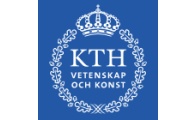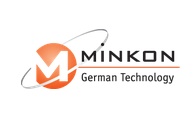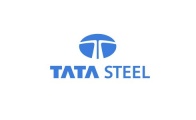BOFdePhos – Control of Dephosphorisation in BOF process
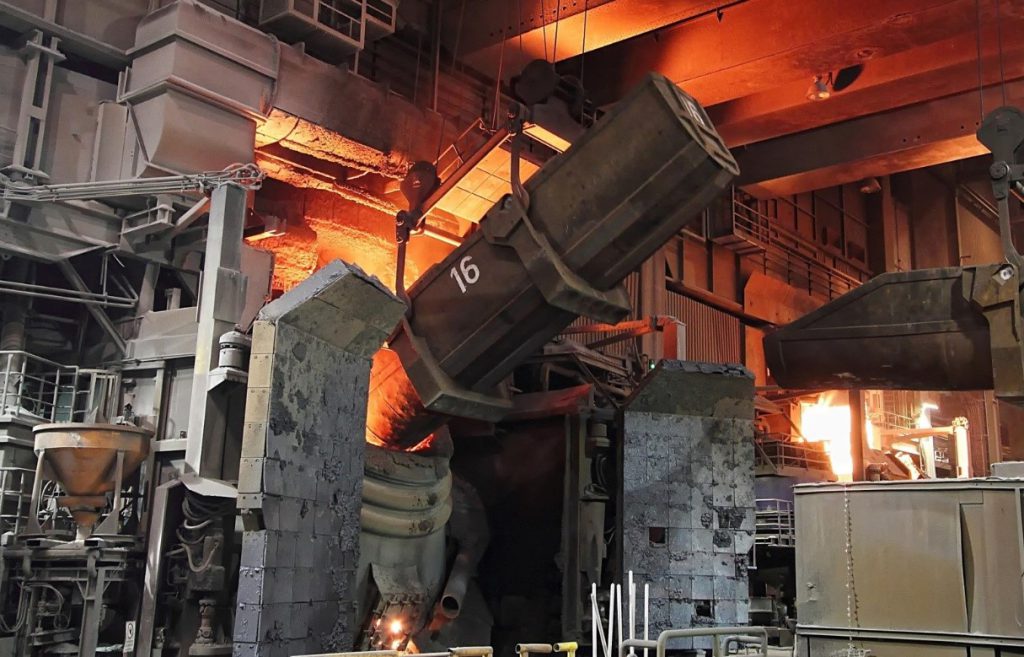
Initial situation:
- End-point control of the Oxygen Steelmaking Converter (BOF) process is mainly based on results of a static charge calculation and observation of decarburisation based on off-gas data.
- Information on dephosphorisation behaviour and achievement of the final P target value is normally not available. Thus quite often a reblow due to high P content, and also for steel temperature adjustment is required.
Project targets:
- Enhancement of existing dynamic converter models based on fundamental investigations of thermodynamic equilibrium conditions and mass flows determining the reaction kinetics, using appropriately extended thermo-dynamic data bases within ChemApp or FactSage and suitable CFD simulations.
- Trials with special sublance probes for on-line determination of the slag oxygen content.
- Development of model based dynamic control strategies for precise determination and optimal adjustment of the process end-point regarding phosphorus content and melt temperature, in order to achieve direct tapping after sublance measurement without waiting for steel probe analysis.
Innovative approaches:
- Development and application of special sublance probes for the direct determination of the oxygen content of the slag
- Extension of a dynamic converter model for the observation and prediction of the dephosphorization behavior based on thermodynamic calculations.
Benefits for the industry:
- Comprehensive dynamic model for the BOF process for on-line monitoring with focus on dephosphorisation, taking into account slag conditions and melt temperature.
- Accurate end-point determination with calculation of optimal set-points for oxygen blowing and slag former additions, to achieve the target values with higher resource efficiency.
partners
Funding reference
RFSR‐CT‐2014‐00005
Your contact person
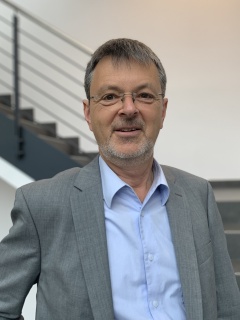
2 Dr. Bernd Kleimt
+49 211 98492-385
bernd.kleimt_at_bfi.de




